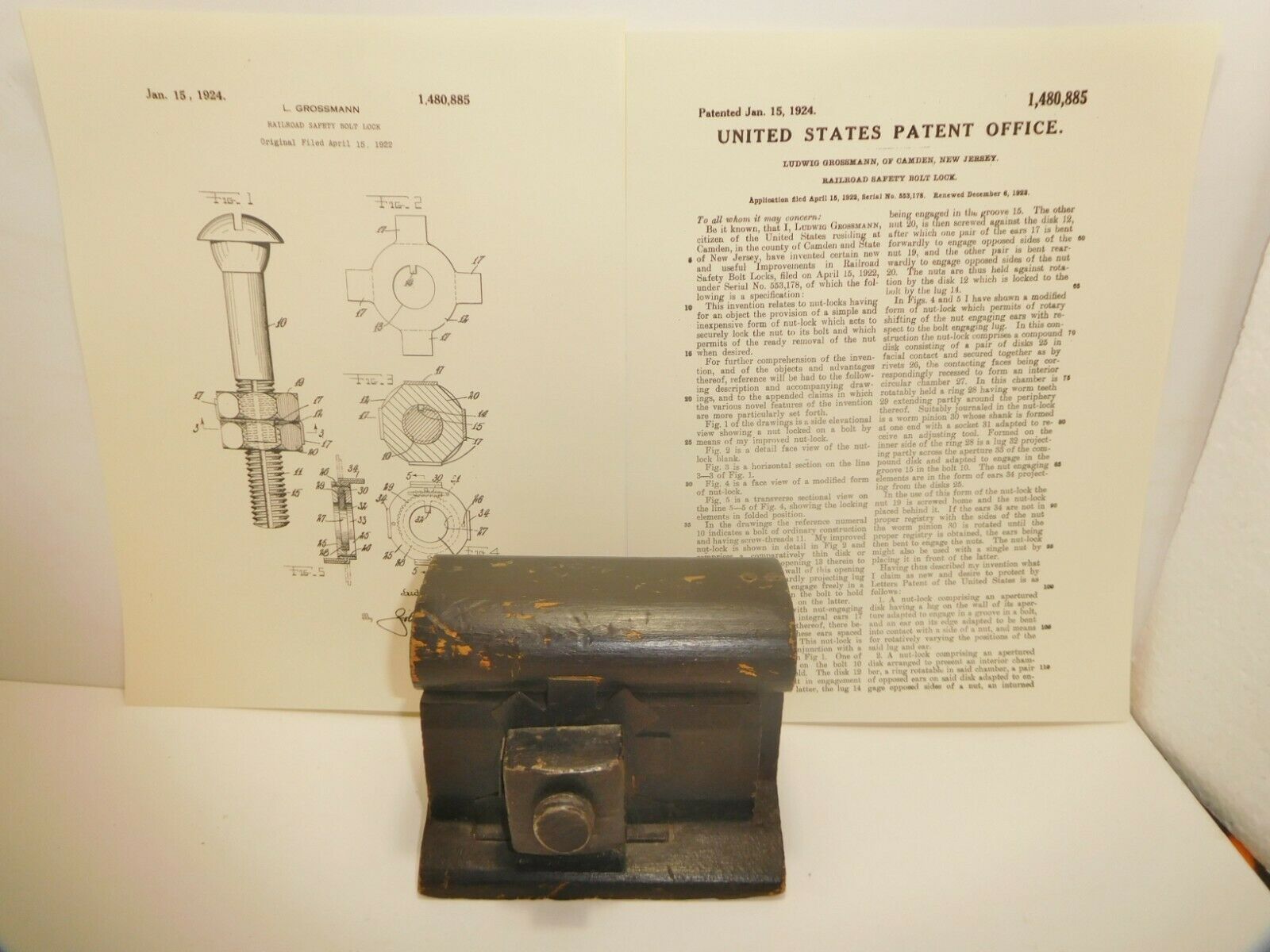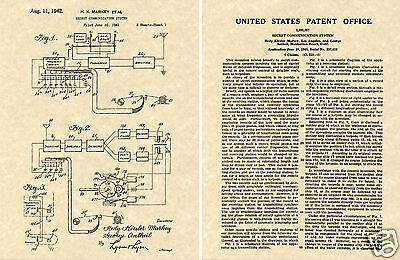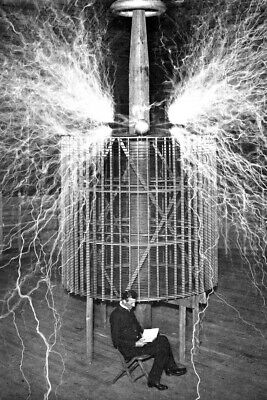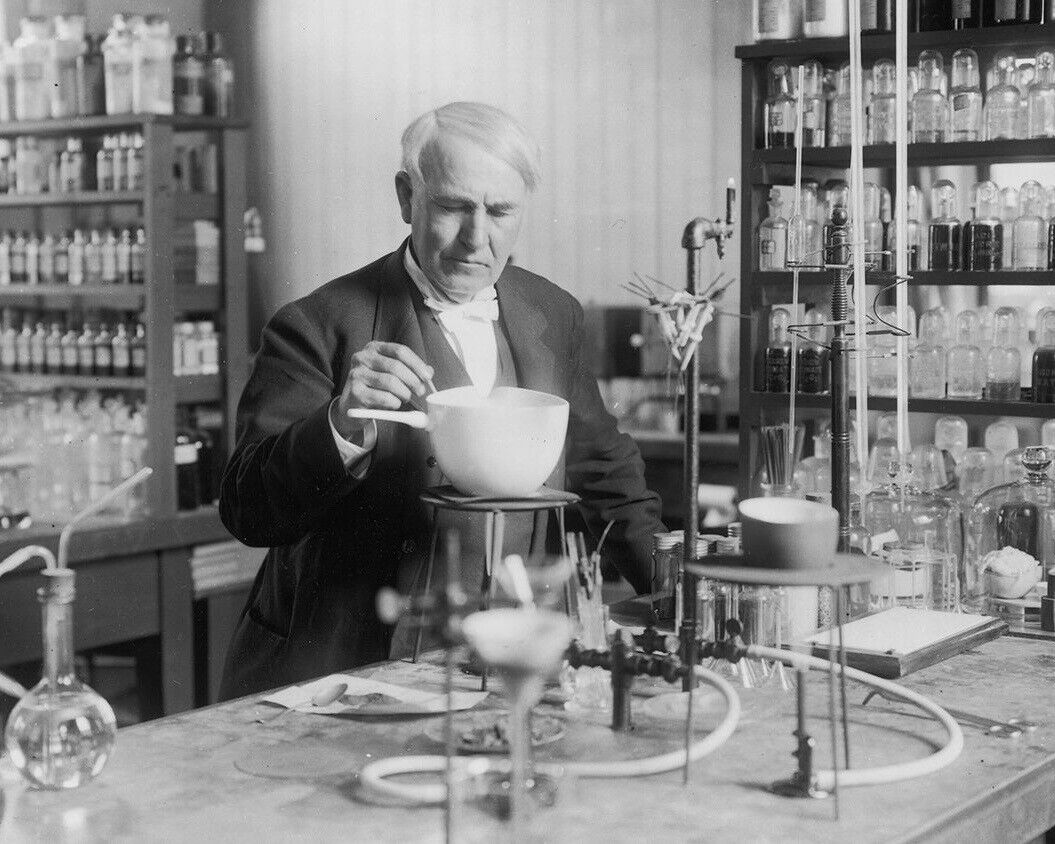-40%
Original US Patent Model 1924 Patent #1,480,885 Railroad Track Safety Bolt Lock
$ 6.07
- Description
- Size Guide
Description
Original US Patent Model 1/15/1924Patent #1,480,885
Railroad Safety Bolt Lock
This is the original patent model submitted to the US Patent Office on April 15, 1922 and renewed Dec. 6, 1923.
This model is unusual because it is from the early 20
th
century. The Patent Office stopped requiring models for patent applications about 1880. They sold all the models in 1926 so this model was never submitted to the Patent Office. I bought it with a note attached showing the patent number. The inventor submitted for a patent 4/1922, renewed it 12/23 and the patent was issued 1/1924 so the process lasted 21 months. Because of the era submitted, there are no original patent tags.
This model consists a piece of railroad track made of wood with the painted steel bolt, nut and safety lock attached. The black paint is rubbed off the edges of the track.
5” long x 3 ¾” wide x 4” tall
Inventor’s Name and Location:
Ludwig Grossman of Camden, NJ
Up for auction are 27 one-of-a-kind Patent Models.
This is the largest number of patent models I've
ever
seen listed on eBay at one time. All but two have their original tags issued by the US Patent Office. Many have additional identifying tags and several are marked with the inventor's name. Most are small so they are easy to display. I have not cleaned of altered any of the models.
All patent models
start at only
with no reserve and reasonable shipping.
Free shipping on additional purchases.
You pay shipping of the item with higher shipping amount. I'll combine all models won and only charge you for one item. (Most items except heavier items and larger items are a flat rate of .86 or less)
All models include a copy of the patent diagram and specs shown in the pictures and printed from the US Patent website.
These are included in a plastic sleeve. The papers may be loosely rolled in shipment to avoid additional shipping.
No reserve
Buy with confidence from a seller/buyer with a 100% feedback rating and over 2200 positive comments.
Refunds for any item not accurately described.
I'll ship well protected. I reserve the right to ship USPS, UPS or FedEx.
Payment due within 3 days after close of auction.
I will ship within two business days after receiving payment.
Review pictures close-up for details of condition
.
I have included up to 12 pictures to best show the item. Pictures are high resolution and close-up so they show more detail than you could see with the item in your hand. The pictures are with and without flash. This sometimes makes the item look different. If you have any questions please ask prior to bidding.
A Brief History of Patent Models
(Underappreciated National Treasures)
1790 - The US Patent Office is created. Models were required to be submitted but no numbers were assigned. Models were supposed to be a working miniature, no larger than 12" cube; however, that size limit was not enforced.
1836 - The first of two major fires occurred. The fire destroyed all 7,000 patent models. The patent office started assigning numbers to patents.
1840s-1880s - The Patent Office in Washington, DC displayed thousands of models and attracted hundreds of thousands of visitors who viewed the models as a popular pastime.
1877 - A second major fire burned about 87,000 patent models. The ones salvaged from the fire were given a patent tag with a note that they were removed from the fire.
1880 - The Patent Office stopped requiring a model to be submitted but some inventors were still submitting models as late as 1920s.
1908 - The Patent Office donated about 1,000 patent models to the Smithsonian Museum
1926 - The Patent Office sold the remaining models to Henry Wellcome (founder of Burroughs Wellcome pharmaceutical company).
1936 - After suffering financial losses during the depression, Mr. Wellcome died in 1936. The models were sold and then re-sold to a group of investors for ,000. This group formed the American Patent Models, Inc. located in Rockefeller Center, NY. They inserted the patent tags in specially designed sleeves with a black border. They added a lead seal to the wire holding the tag. The group tried to display and sell models but went bankrupt.
1941 - Mr. Rundle Gilbert bought all the models for ,000. There were 30-40 truckloads of boxes and about 100,000 models. He outbid another person who planned to sell the models for scrap.
1940s-1970s - Mr. Gilbert traveled throughout the US displaying and selling models at department stores and flea markets. He sold thousands of models at a series of auctions in the 1970s in Garrison, NY. He lost about 15,000 in a fire. Many other models suffered damage from water and being improperly stored.
1979 - Cliff Peterson, an engineer from California, bought the remaining models, about 35,000. He donated about 30,000 models and cash to a newly formed organization, The US Patent Model Foundation, with the plan for them to start a museum. The organization starting selling the models. A lawsuit failed to return ownership of the models to Mr. Peterson. The certificates they issued identify these models. I don't consider the certificates to add value but they are useful to trace the provenance of these models.
c2000 - Mr. Peterson sold about 4,000 models to Alan Rothchild who restored many to original condition and wrote a book featuring some great models.
2015 - Mr. & Mrs. Rothchild donated their collection to the Hagley Museum in Delaware where they are being cataloged and added to the Hagley's existing collection. The Hagley has many models pictured and described on their excellent website.
2021- Patent models continue to be underappreciated. They are one of the few antiques that can be positively dated
and
each one is one of a kind. Many antiques are mislabeled ?unique? but each patent model is truly unique.
Mr. Gilbert bought about 100,000 models. There are far less than 50,000 in the world if you subtract the 15,000 models destroyed in his fire; ones damaged by rain and in warehouse collapses; ones in the collections mentioned above (35,000) and ones that have been lost or separated from their tags.


















